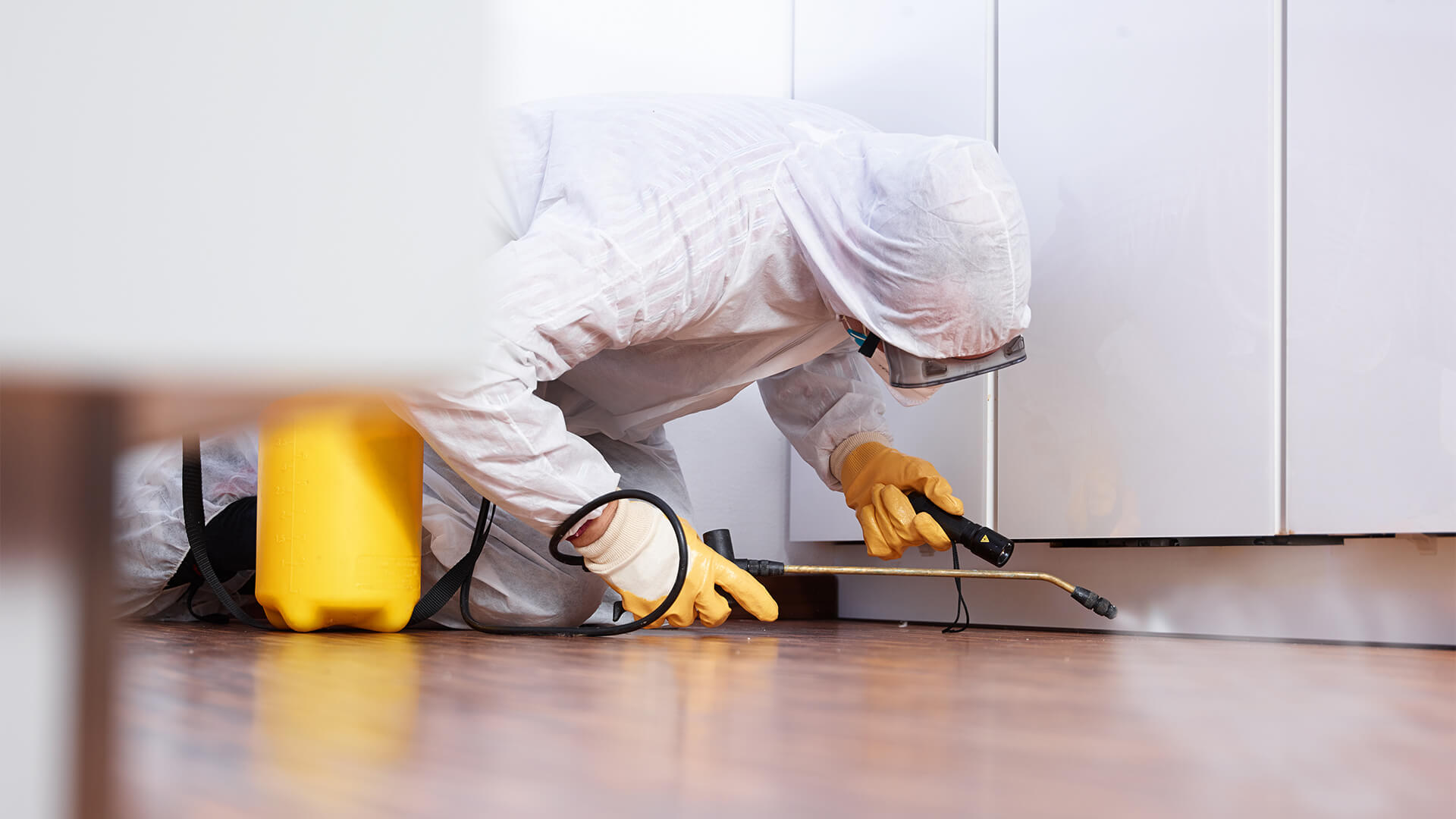Experienced A1 Exterminators Charlotte NC - Rapid and Reliable Solutions
Wiki Article
Bed Bug Therapy Failure: Comparing Chemical Vs. Non-Chemical Solutions
In the realm of insect control, specifically when handling the persistent issue of bed insects, the selection in between chemical and non-chemical therapy solutions can be a critical one. Both techniques offer distinct benefits and drawbacks, affecting variables such as efficiency, safety considerations, and overall expense. By taking a look at the nuanced information of each technique, a more clear understanding of which course to go after in dealing with a bed insect invasion can be obtained.Efficiency of Chemical Therapies
Chemical therapies for bed insect infestations have actually been widely acknowledged for their quick and potent efficacy in getting rid of these bugs. When taking into consideration the performance of chemical treatments, it is essential to comprehend that they can supply a extensive and quick solution to a bed bug trouble. Expert pest control specialists often count on pesticides to target bed insects at numerous phases of their life cycle, including eggs, fairies, and adults. These chemicals generally function by interfering with the bed bugs' nerves, bring about paralysis and ultimate death.In addition, chemical therapies have the advantage of providing residual impacts, meaning that they can remain to remove bed insects also after the first application. This recurring action is especially beneficial in combating any type of possible re-infestations. Furthermore, the rapid action of chemical therapies can bring alleviation to individuals encountering extreme bed insect infestations, enabling them to reclaim control of their home promptly.
Safety And Security Issues With Chemical Solutions
When utilizing chemical solutions for bed pest treatment is ensuring the security of occupants and the environment,One vital facet that requires mindful factor to consider. While chemical therapies can be efficient in getting rid of bed bugs, they may position risks otherwise managed effectively. Among the key security interest in chemical services is the possible injury they can cause to human health. Direct exposure to particular chemicals made use of in bed pest treatments can result in breathing issues, skin irritability, or other damaging reactions, especially in people with pre-existing conditions or sensitivities. In addition, inappropriate application or dose of chemical pesticides can result in hazardous deposits sticking around in the treated area, presenting lasting health and wellness risks to owners.Moreover, the ecological effect of chemical remedies is one more substantial factor to consider. Some pesticides made use of in bed bug therapies may be damaging to helpful insects, wildlife, and ecosystems if they leach right into the dirt or water supply. It is important to utilize chemical therapies sensibly, following safety standards, and taking into consideration less poisonous alternatives to mitigate these dangers and make certain the safe and efficient management of bed insect invasions.
Advantages of Non-Chemical Techniques
Thinking about the potential safety and security problems and environmental influence associated with chemical remedies for bed insect treatment, exploring non-chemical strategies offers an appealing option with numerous distinctive benefits. Non-chemical therapies are eco friendly, as they do not contribute to air or water pollution, making them a lasting choice for insect control.In addition, non-chemical remedies can be effective in targeting bed insects, consisting of hard-to-reach areas where chemical therapies might not penetrate - A1 charlotte pest control companies. Approaches such as warm therapy, vacuuming, vapor cleansing, and cushion coverings provide complete eradication without the use new home pest control of damaging chemicals.
Limitations of Non-Chemical Treatments

Additionally, non-chemical treatments often need numerous applications to achieve effective obliteration. This can be time-consuming and may not constantly ensure full removal of all bed bugs and their eggs, especially in hard-to-reach or surprise places.
Additionally, the success of non-chemical treatments greatly depends on appropriate implementation and thoroughness, which can be testing for people without specialist competence. Insufficient application of non-chemical techniques might lead to insufficient elimination, bring about persistent infestations and the need for added therapies.
Therefore, while non-chemical treatments have their advantages, it is necessary to recognize these limitations and consider them when determining one of the most effective approach for taking care of bed pest infestations.
Cost Contrast: Chemical Vs. Non-Chemical Options
Offered the limitations associated with non-chemical treatments, a crucial aspect to review in the context of bed pest monitoring is the expense contrast between chemical and non-chemical alternatives. In contrast, non-chemical therapies like warmth therapy or vapor can be more costly, with prices varying from $1,000 to $6,000 for an entire home. While the preliminary expense of chemical treatments may seem reduced, multiple therapies might be called for to fully get rid of the problem, potentially boosting the total price.Conclusion

Taking into consideration the potential like this security problems and ecological impact associated with chemical options for bed pest treatment, checking out non-chemical methods offers a promising option with numerous distinctive benefits.Given the restrictions linked with non-chemical therapies, a vital facet to assess in the context of bed pest monitoring is the price comparison between chemical and non-chemical alternatives. In comparison, non-chemical treatments like heat therapy or vapor can be more expensive, with prices varying from $1,000 to $6,000 for a whole home. While the first cost of chemical treatments may seem lower, several therapies may be called for to fully eliminate the infestation, potentially enhancing the overall cost.In conclusion, when comparing chemical and non-chemical bed bug treatment options, it is crucial to consider effectiveness, safety, advantages, constraints, and price.
Report this wiki page